Autism Stem Cell Therapy in Beijing, China by BPIH
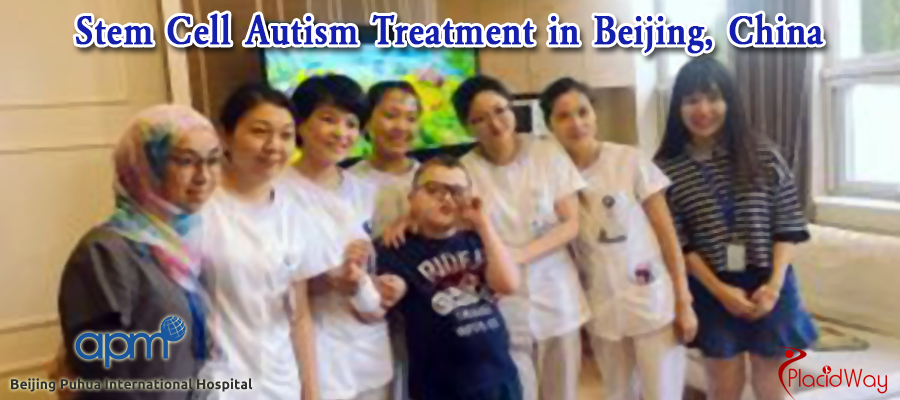
Extraordinary Improvement of an Autistic Kid after Stem Cell Autism Treatment in Beijing, China
Alexei is a 9 years old boy, everything was normal when he was born. He has an elder brother, and his brother studied in kindergarten, occasionally infected with a cold, and the virus was transmitted to Alexei. Since then he often got sick with bronchitis and angina.
He was only able to crawl when he was one year old. Examination showed that he had hypermetropia, and diagnosed with organic brain damage. What’s worse, further examination and testing found that he has hydrocephalus. Then Alexei was sent to issue a disability certificate. The people around started to get indifferent towards him. His condition became worse and worse. He could not feel emotions, pain or fear. Doctors prescribed medicines but didn’t work. He was very capricious, sometimes he spent a few hours running in a circle; he shouted, didn’t understand words, hardly slept and hardly ate.
At the age of 3.5, he was sent to a rehabilitation center, after 4 courses of physical therapy he became better. He began to think, and calm.
However, he still couldn’t speak when he was 5 years old, with a strong delay in psycho-speech development and weak motor skills. He couldn’t get dressed by himself, and couldn’t hold a pencil.
Then his mother took him to do acupuncture for a month. Every time he shouted and couldn’t bear the pain. They also tried dolphin therapy. Courses with pathologist, speech therapists, psychologists, didn’t get any good result.
In 2017, his mother learned about the stem cells treatment in Beijing Puhua International Hospital. She learned that Minimally Invasive Brain Repair is the latest surgical approach to treat neurological diseases, combined with stem cells implantation can improve the nutrient supply of the nerves, repair the damaged neural cells, and then delay or inhibited the central nervous system damage. She ignited new hope and decided to go for this treatment.
Alexei’s mother raised funds online for a long time and finally came to Puhua Hospital in August 2018.
After admission at Beijing Puhua International Hospital
After completing the relevant examinations, he started a comprehensive treatment, which included Minimally Invasive Brain Repair with stem cells Implantation, Traditional Chinese Medicine (TCM) and rehabilitation training.
Obviously, after receiving treatment, his communication with people has improved. During the treatment, he even made a friend with a Russian girl.
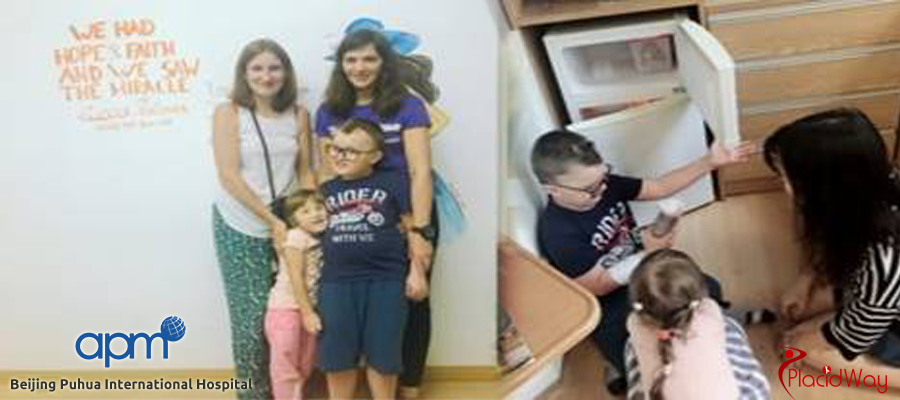
After 4 months, his mother wrote to us for New Year greetings and also expressed gratitude for his improvement.
“Hi! Everything goes well with Alexei, study hard at school and after classes also have extra lessons. Very expecting the new year! He can speak more words, and interested in more things! He asked for gift- white bear! This wouldn’t happen before! Thank you very much!!! Please give our as well as Alexei’s wishes to all! We love you very much!!!”
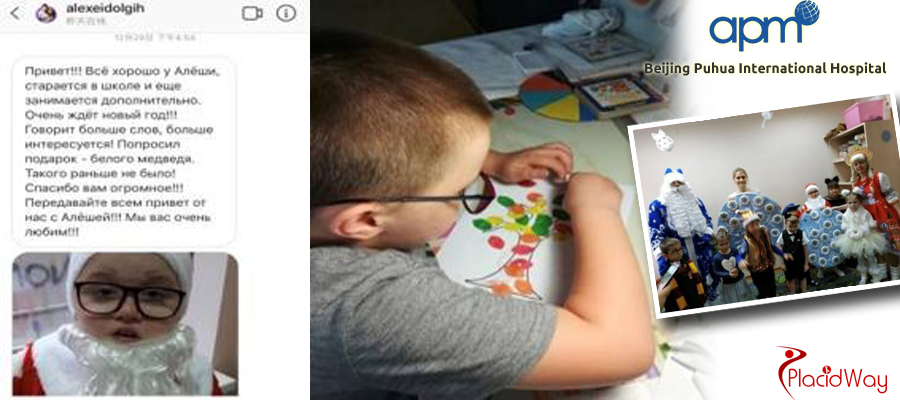
We are so delighted of his progress and wish him to achieve further improvement and have a wonderful life!!!
Minimally Invasive Brain Repair + Stem Cell Implantation
What is Minimally Invasive Brain Repair?
Minimally Invasive Brain Repair is the latest surgical approach to treat neurological diseases. This procedure is performed under stereotactic techniques, with the guidance of an advanced imaging system. With the development of technology, stereotaxis is able to perform multi-dimensional reconstruction to CT, MRI and other imaging information via computer. It allows surgeons to have better ideas of the lesion location and make more accurate surgical plans. Real-time imaging system makes the treatment plan even more objective and accurate.
The purpose is to put microelectrode or puncture needle into specific target spot inside brain, to diagnose and treat all kinds of central nervous system diseases.
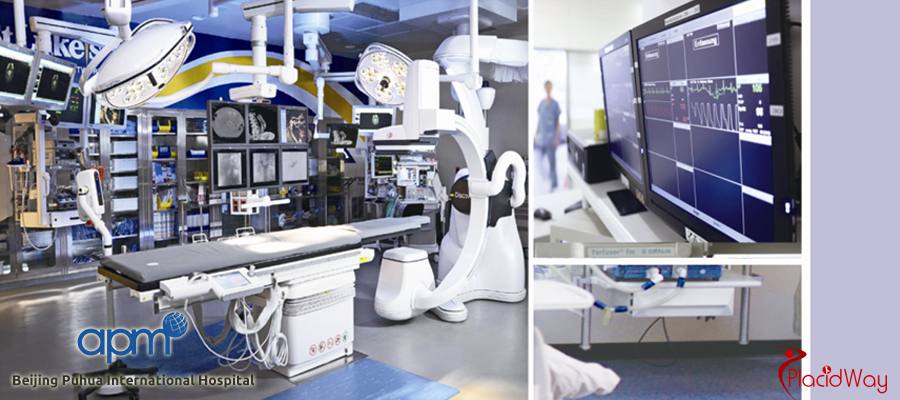
What is Stem Cell Transplantation?
Neural Stem Cells (NSCs) is the most ideal transplant material for neurological diseases due to its unique biological features: differentiation, migration, chemotaxis and very low immunogenicity.
As an undifferentiated multipotent cell, neural stem cells have the following functions:
1-Replace those lost cells in the process of aging, injury and diseases;
2-Supplement the damaged neural cells;
3-Delay or inhibited the central nervous system damage;
4-Repair the damaged neural system to improve patient’s recovery.
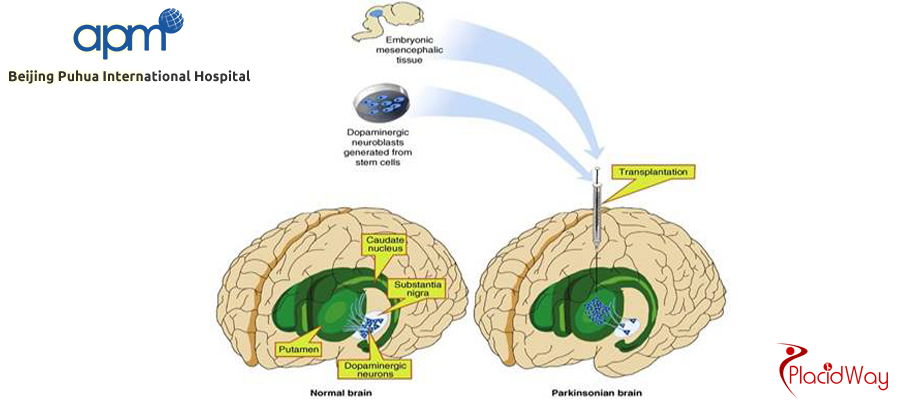
The combination of Minimally Invasive Brain Repair + Stem Cell Implantation
Neurosurgery team of Beijing Puhua International Hospital applied this technology to treat certain kinds of neurological conditions, including Autism, Brain Injury, Cerebral Palsy, Parkinson's Disease, Seizure Disorder/Epilepsy, Torsion-spasm.
This combination, on one hand, is able to accurately damage/destroy the lesion that leads to patient’s symptoms; on the other hand, stem cells injected directly into the lesion can replace the dead cells and repair the injured cells.
The advantages of stereotactic surgery are high accuracy and minimally invasive.
Over the past 5 years, we’ve treated 500+ cases, 90% of them gained significant improvement after the treatment.
For more information about Advanced Autism Treatment at BPIH, click the button below:

.png)

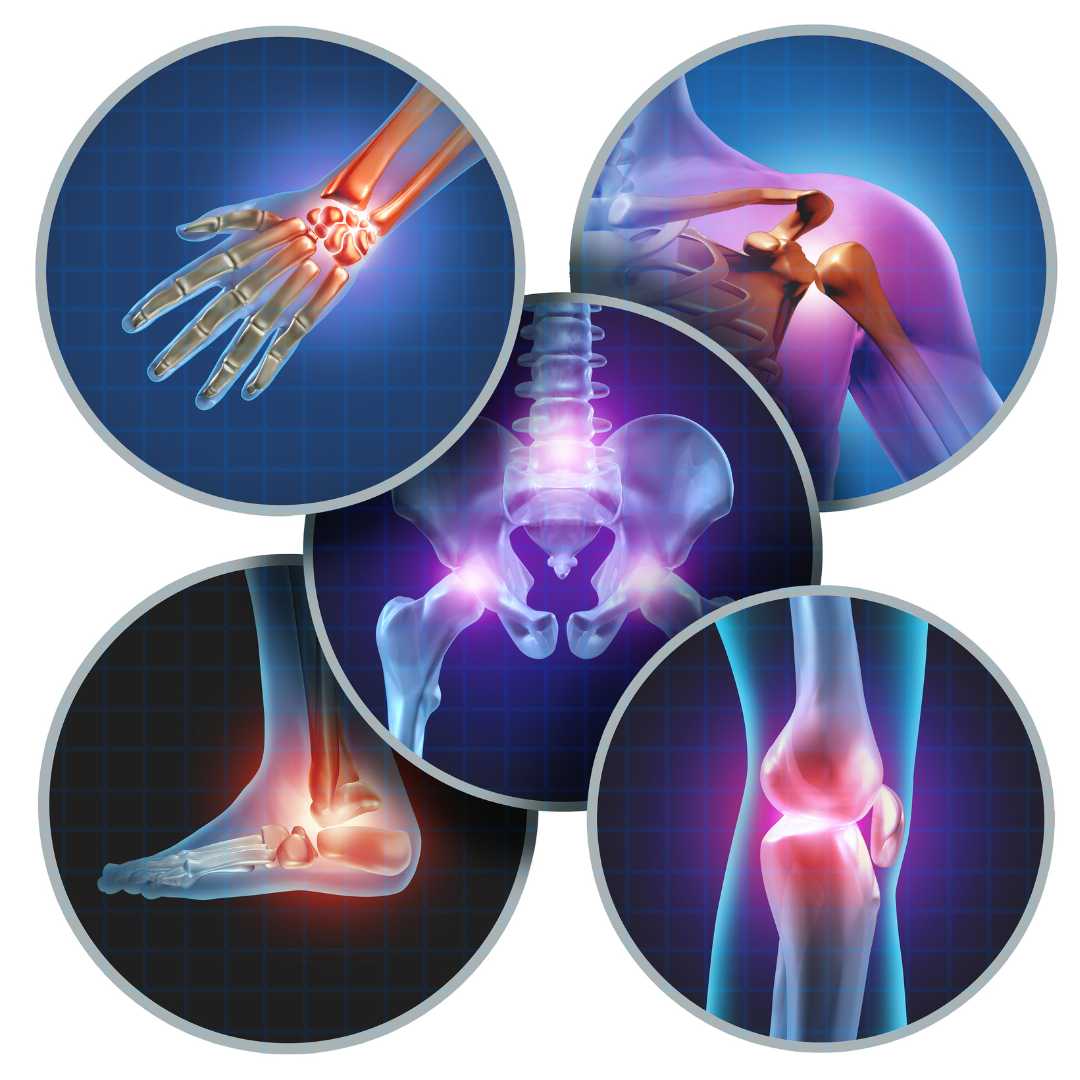

.png)
.png)

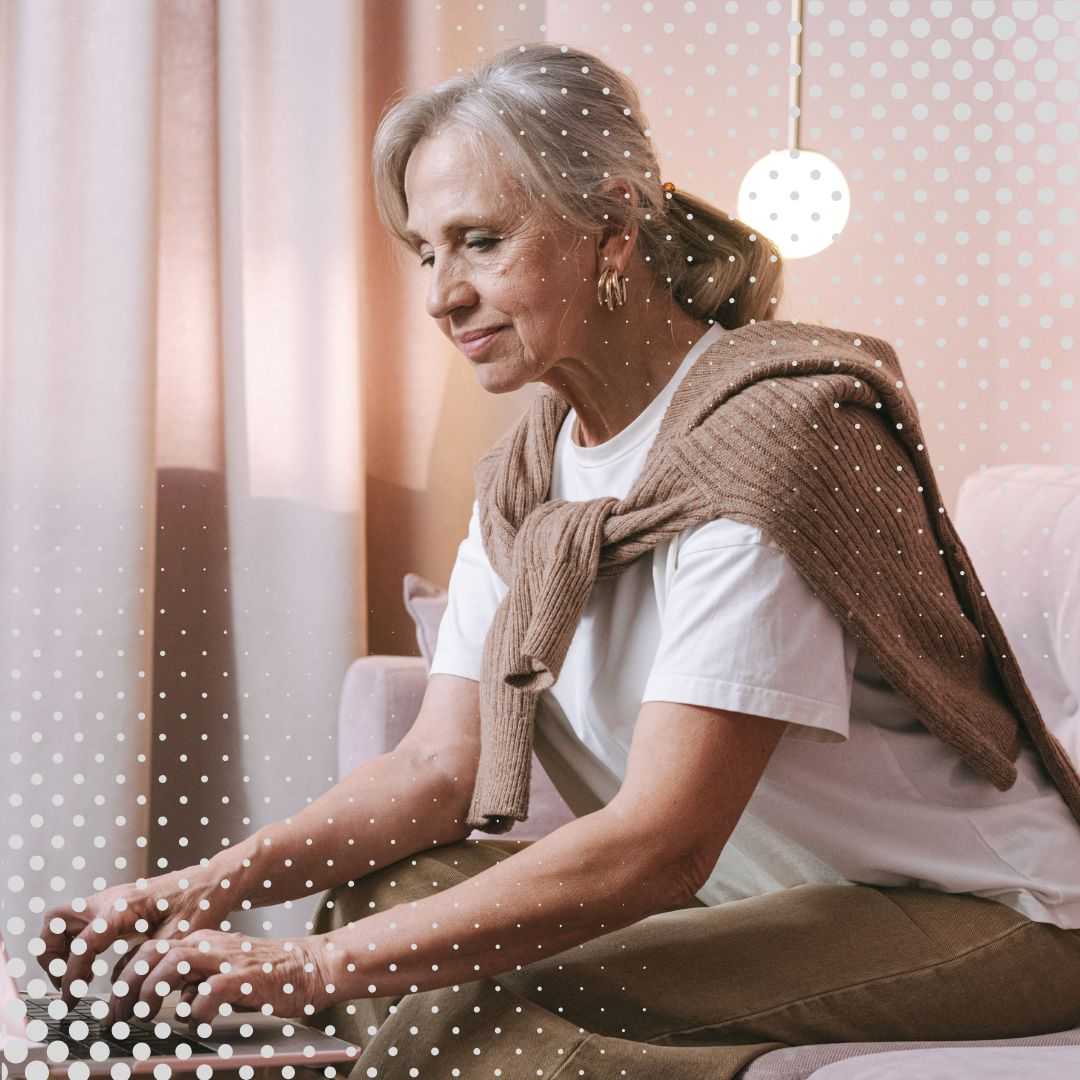

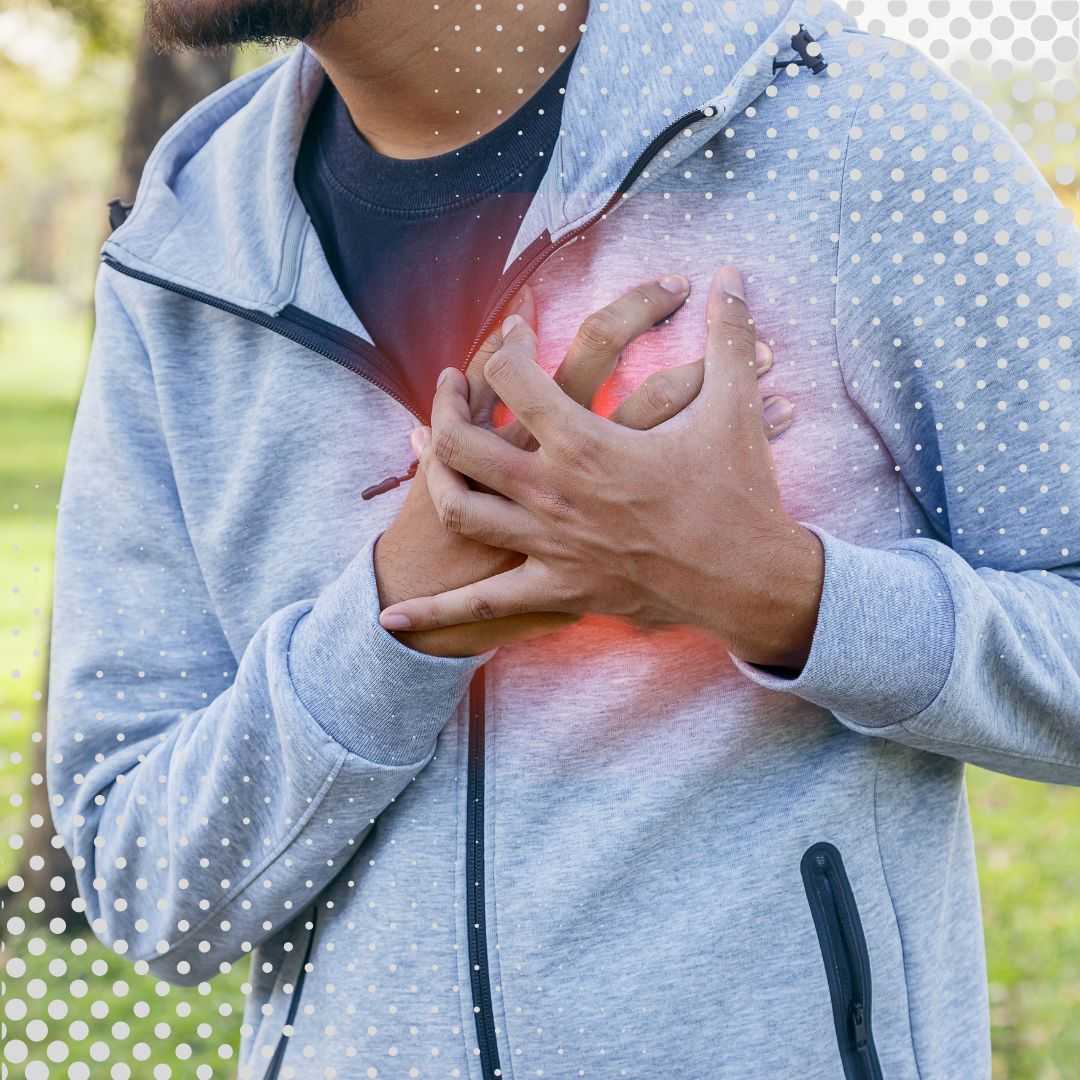

Share this listing